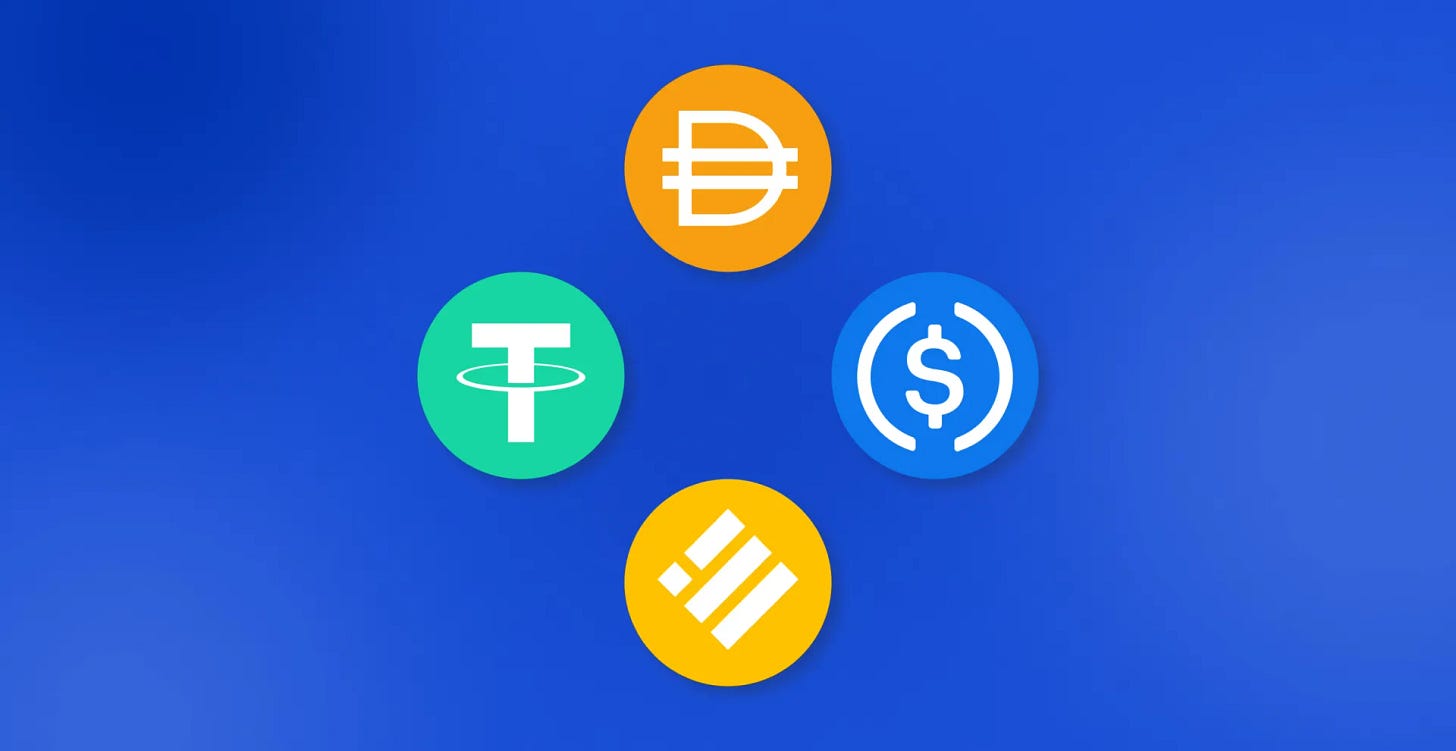What’s Actually Working in Crypto Today? A Real Talk on Stablecoins, AI, and the Roads That Matter
Ali Yahya, Arianna Simpson, and Erik Torenberg talk stablecoins, real adoption, and where crypto’s actually proof of working.
After a short summer break, I’m back; not with a Tether update (for once), but with thoughts sparked by a recent podcast from a16z Crypto. In this episode, General Partners Ali Yahya, Arianna Simpson, and guest Erik Torenberg attempt to “cut through the noise” and ask a timely question: What’s actually working in crypto today?
From stablecoins quietly powering global payments to the emerging convergence of AI and programmable money, the conversation avoids buzzwords and gets to the core of how crypto is gaining real traction. It’s a refreshing listen, especially at a time when headlines tend to obscure more than they reveal.
Stablecoins Are Quietly Winning (supposedly)
One theme the podcast zeroes in on is stablecoins. Ali Yahya calls them “the clearest real-world use case in crypto today.” And it’s hard to argue with that. With over $16 trillion in on-chain stablecoin volume annually, and companies like Stripe and SpaceX now paying salaries or vendors with stablecoins, it’s clear we’re past the experimentation phase.
And yet, the market still underestimates how disruptive stablecoins are to legacy finance. We’re not just talking about saving on wire fees. We’re talking about rewiring how money moves; from remittances to payroll, from emerging markets to US startups.
Arianna Simpson adds nuance here: most people still think of stablecoins as crypto-native instruments, but their real utility comes when they escape the crypto sandbox. That’s already happening across Asia, LATAM, and parts of Africa. In that light, regulatory clarity, especially from the U.S., will act more like a volume unlock than a risk suppressor.
Who Gets to Build Money?
One of the most powerful ideas from the episode comes when Erik Torenberg reframes the question:
“Stablecoins aren’t just eating payments. They’re changing who gets to build money.”
This flips the lens completely. The fight isn’t just over better rails; it’s over monetary agency. Until now, only sovereigns and banks could issue money. With stablecoins, the ability to issue and scale programmable value flows becomes available to a much broader set of actors.
That makes this more than a fintech upgrade. It’s an economic power shift.
Solana vs Ethereum, Beyond the $HYPE
The episode doesn’t sidestep the smart contract wars either. Ali makes the point that Solana’s performance edge…..especially in payments…..gives it serious credibility. The fact that Visa uses Solana as part of its stablecoin pilot is no small deal. However, if you have been in the space for at least two cycles you will understand that “partnerships” hodl little true value….I digress.
At the same time, Ethereum’s network effects, developer tooling, and Layer 2 ecosystem still offer the deepest bench. The market may bifurcate: Ethereum for programmable apps, Solana for fast money movement. That’s okay. What matters is use-case fit, not maximalism.
AI x Crypto: Still Early, But Inevitable
Toward the end, the discussion shifts to the intersection of AI and crypto. Arianna rightly cautions against vague hype, but Ali makes a smart point: in a world of agentic AI, you need programmable money. If AI agents start managing tasks, coordinating resources, or even negotiating contracts, they’ll need a native value layer.
Crypto is that layer.
Stablecoins give AI something to spend.
Smart contracts give it rules.
Open protocols give it autonomy.
This intersection is early, but it’s logically aligned.
Balaji has spoken about this intensively…..
Misconceptions, Regulation, and What Actually Matters
The podcast closes by dismantling a few persistent myths: that crypto is just about trading, that regulation kills innovation, that no one’s building anything real. In truth, progress has been quiet but foundational.
As Erik notes, it’s not that crypto hasn’t delivered. It’s that the framing was wrong. We expected Wall Street disruption. What we’re getting is financial plumbing that works better across the world.
And that’s supposedly more profound.
Sometimes the crypto16z Kool-Aid is worth Drinking
In a space that often rewards spectacle over substance, this podcast was a grounded and nuanced reset. It reminds us that real crypto adoption isn’t about token prices. It’s about better experiences. Faster payments. New trust layers.
And stablecoins, more than anything else, are at the heart of it.
Listen to/ watch the full episode: a16z podcast – What’s Actually Working in Crypto Today
Kind regards,
Baitman



